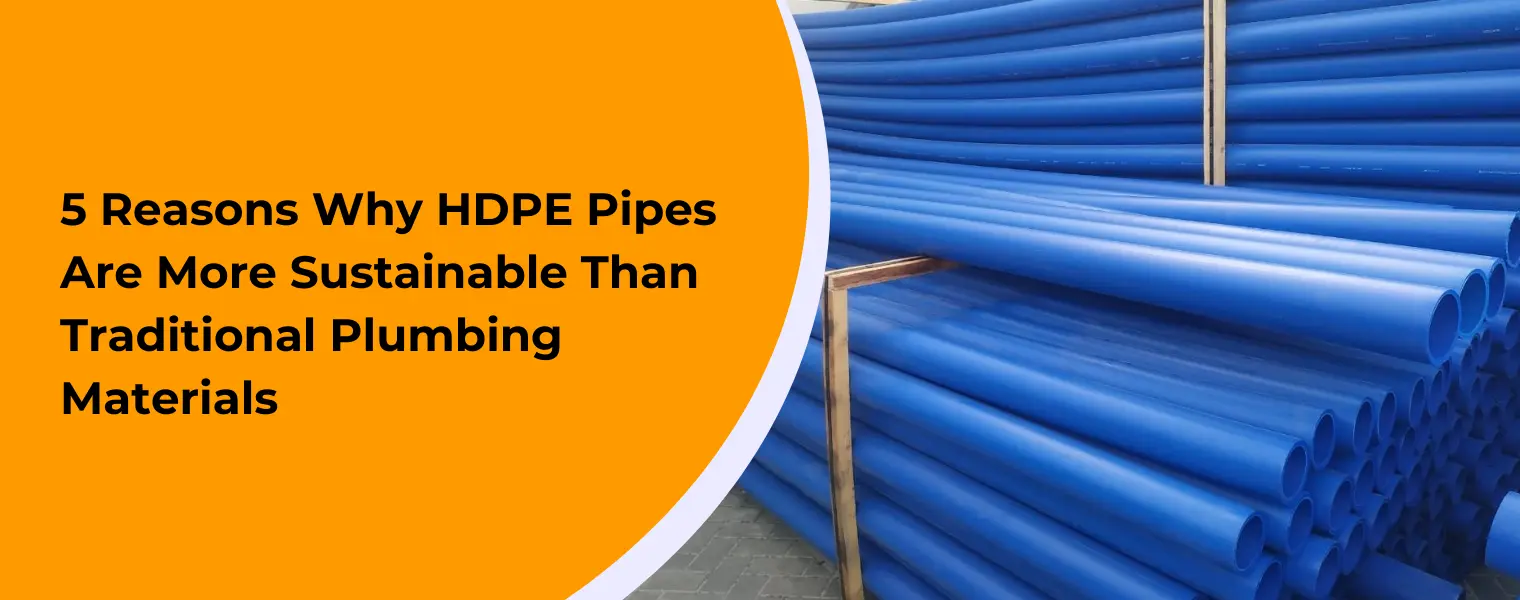
Sustainability has become a significant concern in recent years, with many individuals and businesses seeking ways to reduce their environmental impact. When it comes to plumbing, traditional materials like copper and PVC can have negative environmental impacts, making it essential to consider more sustainable options like HDPE pipes. Here are five reasons why HDPE pipes are more sustainable than traditional plumbing materials:
HDPE pipes are made from a thermoplastic material that can be recycled. This means that they can be reused to create new pipes or other products, reducing the amount of waste generated by the plumbing industry.
HDPE pipes have a lower carbon footprint than traditional plumbing materials like copper and PVC. The production process for HDPE pipes requires less energy, which means that fewer greenhouse gas emissions are released into the atmosphere.
HDPE pipes have a longer lifespan than traditional plumbing materials, reducing the need for replacement and repair. This means that fewer resources are needed to produce and install new pipes, reducing the environmental impact of the plumbing industry.
HDPE pipes do not leach harmful chemicals into the water supply, making them a safer option for drinking water. This reduces the environmental impact of the plumbing industry by minimizing the contamination of water sources.
HDPE pipes require minimal maintenance, reducing the amount of energy and resources needed to maintain a plumbing system. This makes them a more sustainable option than traditional plumbing materials, which can require frequent repairs and replacements.